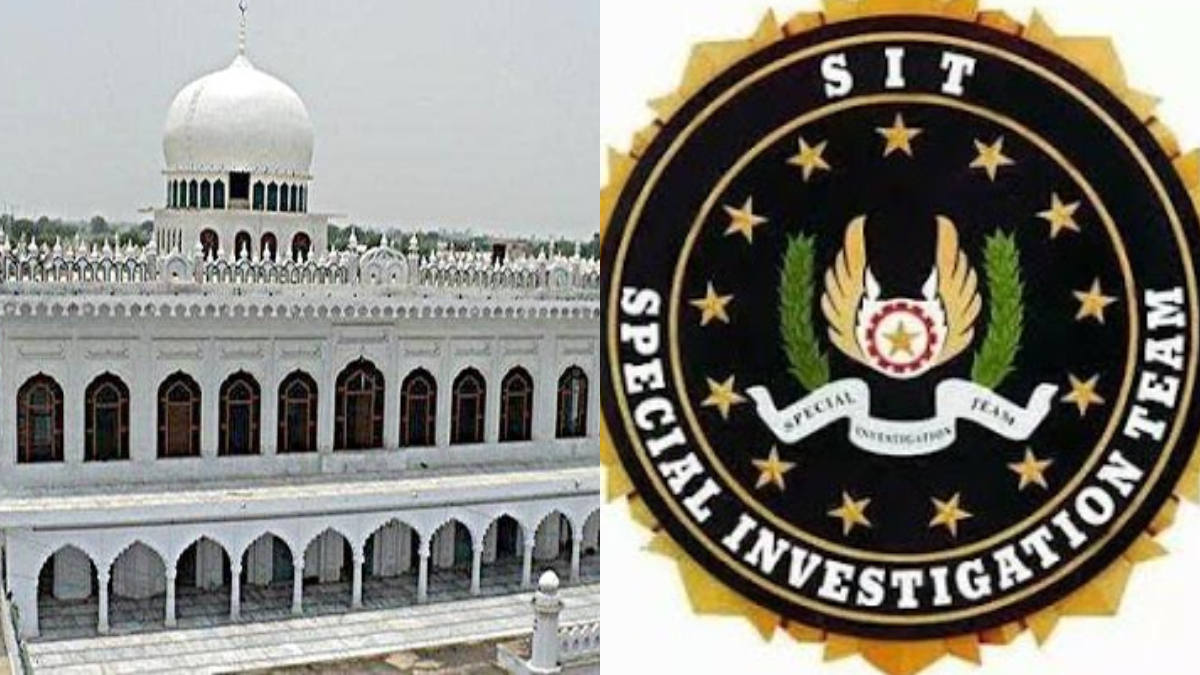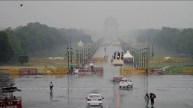The Special Investigation Team (SIT) tasked with probing illegal Madrasa has submitted its findings to the Yogi Adityanath government. The report suggests closing approximately 13 thousand Madrasa, with a significant portion of these found along the Nepal border. According to the SIT, these madrassas, constructed over the past two decades, were financed by funds from Gulf countries.
Also Read: Nikki Haley Ends Presidential Bid, Setting Stage For Trump-Biden Rematch
What Did The Order Say?
The majority of the recommended closures, totaling 13 thousand, are concentrated in seven districts, including Maharajganj, Shravasti, and Bahraich, situated along the Nepal border. Each border district hosts more than 500 such madrassas.
The SIT report indicates that when questioned about their finances, many of these madrassas were unable to provide detailed income and expenditure records. This has raised suspicions that funds, possibly obtained through hawala channels, were used for construction purposes as part of a coordinated effort. While most madrassas claimed the construction was funded by donations, they could not disclose the identities of the donors. Among the 23 thousand madrassas investigated, only 5 thousand possess temporary recognition documents.
Following an initial investigation, the SIT raised concerns regarding the potential funding of approximately Rs 100 crore in border-area madrassas. Consequently, the UP government instructed a comprehensive investigation into all madrassas.
Yogi Adityanath Government Conducted A Survey Against Madrasas
Prior to this, the Yogi government had conducted a recent survey of madrassas operating in the state, revealing 16,513 recognized establishments alongside 8,500 unrecognized ones. Subsequent allegations suggested that these madrassas were receiving foreign funding, which may have been misappropriated. To address these concerns, an SIT was formed to delve into the matter.
A significant number of unrecognized madrassas were also discovered in regions bordering Nepal, an area of sensitivity. Consequently, the SIT focused its attention on madrassas in this area. This targeted investigation was prompted by numerous complaints received during the survey, particularly regarding the misuse of foreign funds by border-region madrassas. Consequently, the government had been closely monitoring these establishments.
Also Read: ‘Tricked’ Into Joining Russian Army, 7 Indian Tourists Seek Assistance













